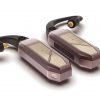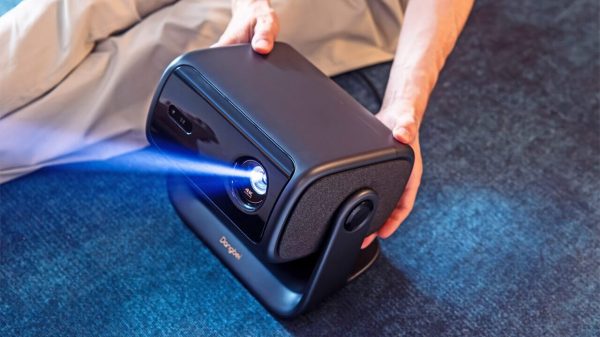Digital photography has revolutionized how we take pictures. Once a complicated matter of purchasing and loading film, dropping it off and collecting the photos some time after they were shot, it is now its just a matter of shooting pictures and uploading them to a computer. It’s much more of an “instant gratification” than it used to be, not to mention far less expensive without the costs of film and developing.
The liability is that the photographs are stored on a hard drive and, up until the time that they might be printed, are subject to corruption and even loss. One serious enemy to digital photographs–and one to guard constantly against–is file fragmentation.
File fragmentation is the splitting of files into pieces (fragments) on a hard drive to better utilize space. While it has always been a problem, it is even more so today with higher-capacity disks and larger files–including, of course, digital photographs. If fragmentation is mild, it is only annoying; accessing and viewing photographs on a monitor takes longer, and slide shows can be slow and jerky. But if fragmentation is serious–and it is not uncommon to see a file the size of a digital photograph in hundreds or even thousands of fragments–performance not only slows to a crawl but hard drive reliability is threatened. That threat is also leveled on the photography into which you may have put considerable work and creativity.
For today’s fragmentation problems, the best solution is one which is fully automatic, one that consistently works in the background to keep all your files, including your photographs, defragmented. There is never a negative performance hit during defragmentation, and performance is invisibly and automatically maximized leaving you free to upload, admire, and display your artistic creations, or utilize them in documents or reports.
But a defragmenter isn’t designed to solve one other common problem: what if that photo is accidentally deleted? It’s a very common problem and can very suddenly do away with considerable work. In fact, a common help-desk call in companies is, “Help! I’ve accidentally deleted my file and I can’t get it back!”
If a file was deleted from a local drive, it can be retrieved from the Windows Recycle Bin. But if it was saved and then accidentally deleted across a network, that photo is lost. The only way it can be saved is from backup, requiring an extensive search–if the photo was on the drive prior to the last backup. If not, it is truly gone.
So in addition to an automatic defragmentation solution, an advanced data protection solution is also a must for digital photography. Such a solution replaces the Windows Recycle Bin with one of its own so that any deleted file can be instantly recovered with the simple click of a mouse.
Today’s digital photography kicks wide open the door of creativity. Make sure the work is protected through defragmentation and advanced data protection.























